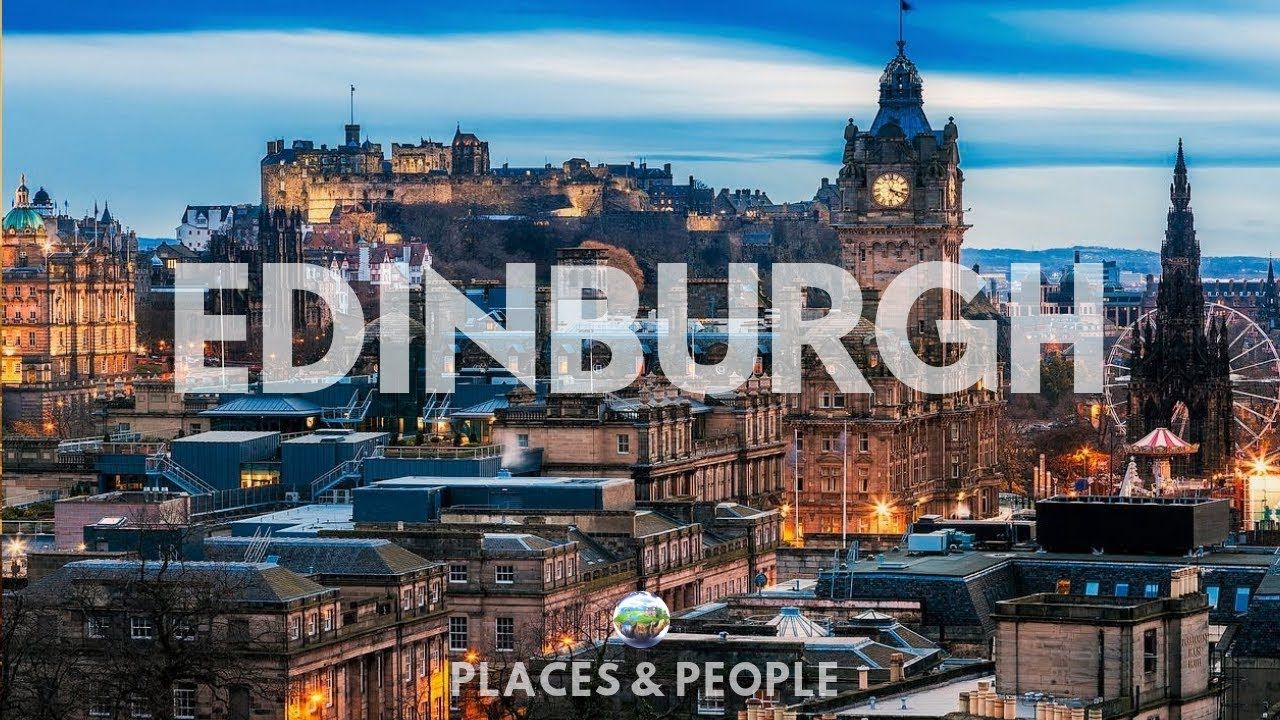Edinburgh, Scotland
Edinburgh, Gaelic Dun Eideann, capital city of Scotland, located in southeastern Scotland with its centre near the southern shore of the Firth of Forth, an arm of the North Sea that thrusts westward into the Scottish Lowlands. The city and its immediate surroundings constitute an independent council area. The city and most of the council area, including the busy port of Leith on the Firth of Forth, lie within the historic county of Midlothian, but the council area also includes an area in the northwest, around South Queensferry, in the historic county of West Lothian.
Physically, Edinburgh is a city of sombre theatricality, with much of this quality deriving from its setting among crags and hills and from its tall buildings and spires of dark stone. Edinburgh has been a military stronghold, the capital of an independent country, and a centre of intellectual activity. Although it has repeatedly experienced the vicissitudes of fortune, the city has always renewed itself. Today it is the seat of the Scottish Parliament and the Scottish Executive, and it remains a major centre for finance, law, tourism, education, and cultural affairs. Area council area, 102 square miles (264 square km). Pop. (2001) city, 431,393; council area, 476,626; (2011) city, 459,366; council area, 482,640.
Character of the city
Although Edinburgh absorbed surrounding villages and the Firth of Forth ports between 1856 and 1920, its aesthetic and political heart still lies in its small historic core, comprising the Old Town and the New Town. The Old Town, built up in the Middle Ages when the fear of attack was constant, huddles high on the Castle Rock overlooking the surrounding plain. The New Town, in contrast, spreads out in a magnificent succession of streets, crescents, and terraces. The medieval Old Town and the Neoclassical New Town were designated a UNESCO World Heritage site in 1995.
“This profusion of eccentricities, this dream in masonry and living rock is not a drop-scene in a theatre,” wrote Robert Louis Stevenson, the 19th-century Scottish novelist, essayist, and poet who was born in the New Town, “but a city in the world of reality.” The contrasts that make Edinburgh unique also make it typically Scottish, for, despite its reserved exterior, it is also a city capable of great warmth and even gaiety. Historically, its citizens have also been capable of great passion, especially in matters royal or religious. In 1561, for example, a mob spurred by the fiery Protestant preacher John Knox tried to break into the private chapel in the Palace of Holyroodhouse, where Mary, Queen of Scots (1542–67), newly returned from France, was attending a Roman Catholic mass.
In 1637 a riot in the cathedral of St. Giles in protest against a new service book provoked a Scottish revolt against Charles I and precipitated the War of the Three Kingdoms, which engulfed the whole of Britain in the 1640s and ended in Charles’s execution (see Bishops’ Wars; English Civil Wars). In 1736 the burgh nearly lost its royal charter following the lynching of John Porteous, captain of the city guard. The Porteous riots and lynching were a type of violent gesture common to the history of most old cities. Yet, even in this moment of deranged passion, the city manifested its complex character: needing a hanging rope, the mob descended on a shop and bought one.
City layout
Until the late 18th century, Edinburgh followed a common European pattern by continually renewing itself on its original site, and the lack of space for outward expansion compelled each successive phase to conform to the original layout. Subsequently, when expansion became possible, the town quickly broke free of its medieval mold, and each new development was built adjacent to, rather than on top of, its predecessor. Consequently, the soaring vertical lines of the Old Town confront the expansive horizontal ones of the Georgian New Town to the north, and both are encircled by acres of individually distinct Victorian suburbs and finally by a ring of 20th-century construction that makes its way toward hills and sea.
Source:







